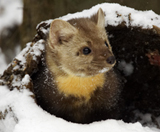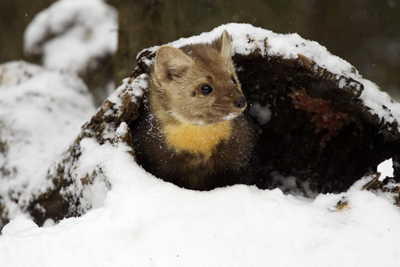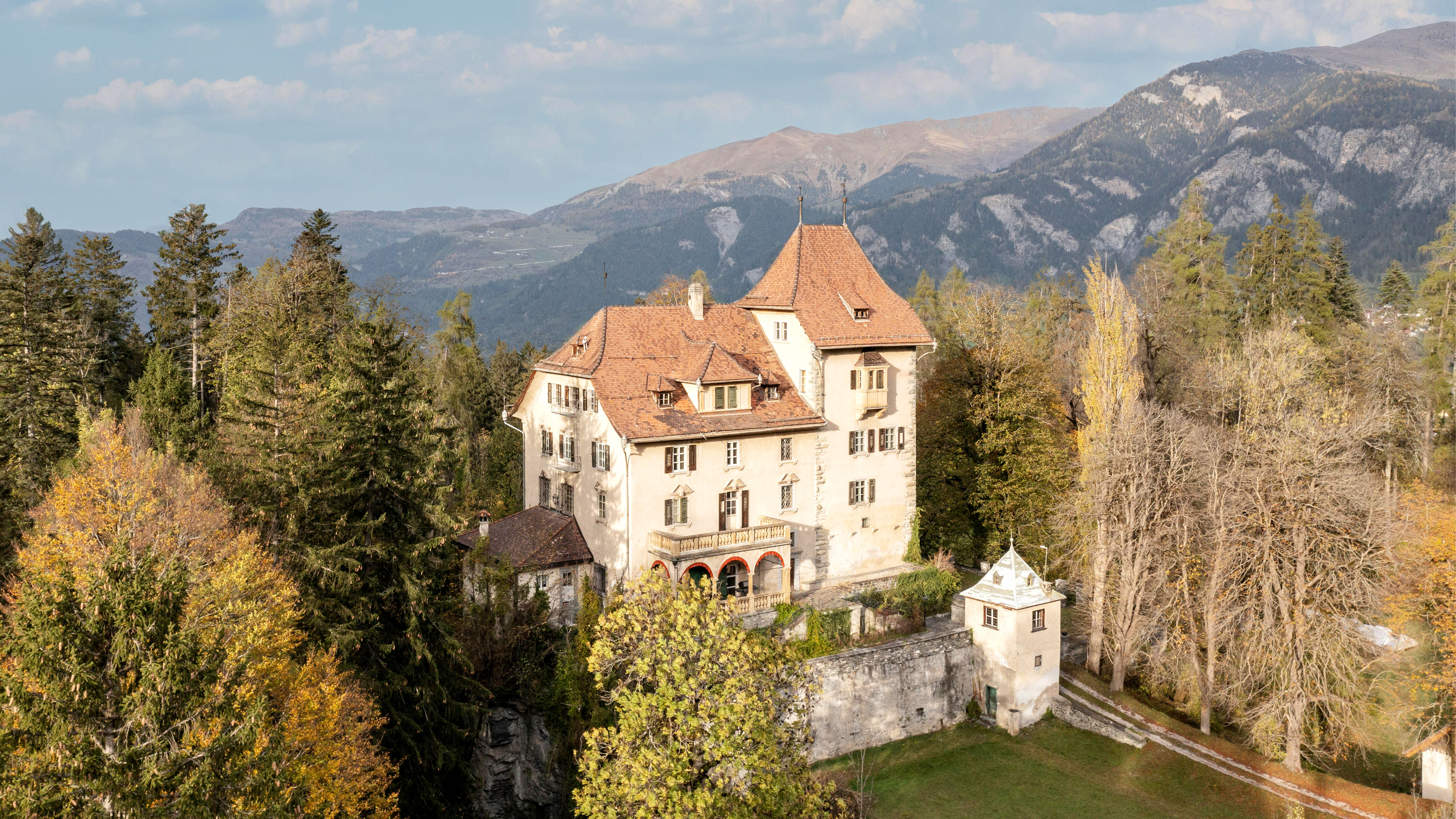Pine martin threat to capercaillie
The pine martin population is contributing to the demise of the capercaillie, as some bodies call for a trial removal of some of the mammals


Pressure is mounting for pine martens to be culled to prevent the capercaillie becoming extinct for a second time. Both, however, are protected species, which is causing intense discussion-and some objection, especially from the Mammal Society-among conservationists. The population of the world's largest grouse, whose gaelic name translates as ‘horse of the woods', has plummeted to 1,200-it is only found in Scotland's increasingly fragmented pine forests.
Better summer weather is expected to boost numbers slightly, but the Scottish Gamekeepers Association (SGA) and the Biodiversity Action Plan (BAP) group for capercaillies fear that mounting predation by pine martens, foxes and crows could have a devastating effect and are calling for a trial removal of pine martens.

* Subscribe to Country Life; Country Life Digital Edition
A 2009 study deploying cameras at 20 capercaillie nests recorded predators destroying 65% of them in the Abernethy forest, part of an RSPB reserve; scientists concluded that 57% of those nests had been ruined by pine martens, whose numbers have risen to about 3,500. ‘There is still a good chance we could save the capercaillie, but there need to be hard decisions taken,' says the SGA's Allan Hodgson, who also sits on the BAP group.
Ron MacDonald of Scottish Natural Heritage concurs that predation is key, but wants to take a closer look at the effects of weather and habitat loss. The RSPB suggests reducing the deer population to improve habitat and restoring Caledonian pine forests, but this may be too late for the capercaillie.
* Follow Country Life magazine on Twitter
Exquisite houses, the beauty of Nature, and how to get the most from your life, straight to your inbox.
Country Life is unlike any other magazine: the only glossy weekly on the newsstand and the only magazine that has been guest-edited by His Majesty The King not once, but twice. It is a celebration of modern rural life and all its diverse joys and pleasures — that was first published in Queen Victoria's Diamond Jubilee year. Our eclectic mixture of witty and informative content — from the most up-to-date property news and commentary and a coveted glimpse inside some of the UK's best houses and gardens, to gardening, the arts and interior design, written by experts in their field — still cannot be found in print or online, anywhere else.
-
 An Alpine hideaway on a Swiss mountaintop that's like something from the pages of a Gothic novel
An Alpine hideaway on a Swiss mountaintop that's like something from the pages of a Gothic novelA wonderful Baroque castle set amid gardens and woodland is for sale in one of Switzerland's most beautiful areas.
-
 Robotic sharks, Egyptian mummies and a Rolls-Royce: Start your weekend with the Country Life Quiz of the Day
Robotic sharks, Egyptian mummies and a Rolls-Royce: Start your weekend with the Country Life Quiz of the DayYou will take the quiz, and you will learn things. That is my promise.
